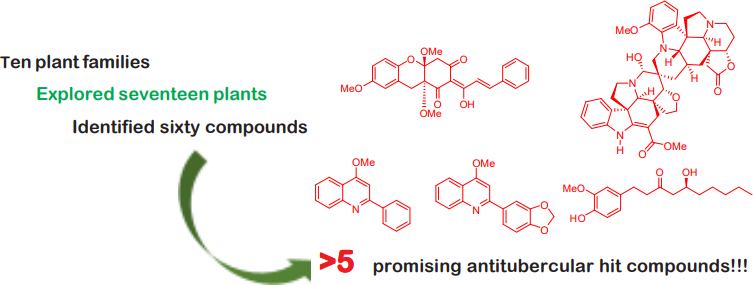
VOLUME 62 : 2014
VOLUME 62 : 2014
ACTA MANILANA publishes research and innovation in the different branches of the natural and applied sciences. It reports significant development in the discipline, and novel applications, unconfined by the traditional coverage of the disciplines.
Fabrication of carbon black- and graphene-supported PtSn electrocatalyst for glucose oxidation: electrochemical and surface studies
Page 53-60
Mark Kenneth C. Gonzales, Hao Yuhn C. Hsu, Harris M. Fulo, & Bernard John V. Tongol
ARTICLE DOI: https://doi.org/10.53603/actamanil.62.2014.xgpv7375

Graphical Abstract
Abstract
The study aimed to prepare and characterize carbon black- and graphene-supported PtSn catalysts as possible electrocatalysts alternative for glucose oxidation. Carbon-based PtSn catalysts were successfully synthesized by the borohydride-facilitated reduction method as confirmed by energy dispersive X-ray spectroscopy (EDX) and X-ray diffraction (XRD) analyses. The XRD pattern also revealed the formation of PtSn nanoparticles of less than 5 nm size. The electro-oxidation of glucose on PtSn/C was studied by cyclic voltammetry at a potential range from –1.0 V to 0.6 V (vs. Ag/AgCl). Three oxidation peaks at –0.8 V, –0.3 V, and 0.05 V, which correspond to the oxidation processes of glucose, were observed. The addition of a secondary metal, Sn, showed an enhanced catalytic activity of Pt towards glucose electro-oxidation. The optimization of metal loading and metal ratio using carbon black (XC-72) as support was studied and the results revealed that the optimum metal loading is 40% while the optimum PtSn ratio is 1:0.01 using the 40% metal loading. The lower amount of Sn added can lower the poisoning effect of Pt and thus only act as a promoter. The optimized parameters for carbon black were used for graphene as support. The data revealed that graphene as a support has an enhanced electrocatalytic activity compared to carbon black with a peak current of 12.82 mA/cm2 and 6.97 mA/cm2 , respectively. The XRD data indicates that graphene is a promising support material that could modify the catalytic properties of PtSn bimetallic electrocatalyst for fuel cell catalysis.
Keywords: Pt/Sn nanoparticles, PtSn/C, PtSn/graphene, glucose electro-oxidation
FOLLOW US
-
Research Center for the Natural and Applied Sciences
Thomas Aquinas Research Complex Building
University of Santo Tomas España, 1015 Manila, Philippines -
TL: (+63 2) 3406-1611 local 4037
DL: (+63 2) 8731-4031 - actamanilana@ust.edu.ph

© 2021 University of Santo Tomas, Acta Manilana. All rights reserved
Powered by: Communications Bureau